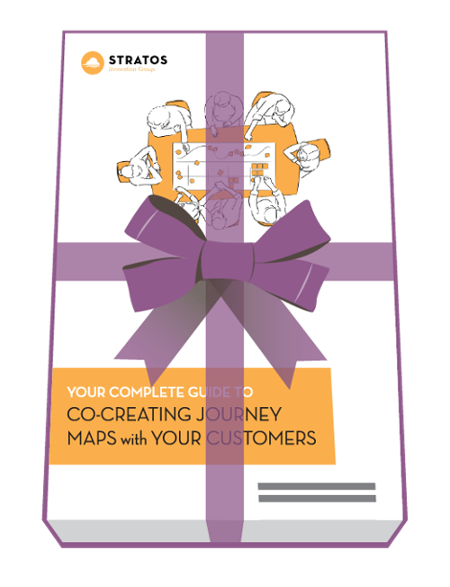Stop us if you’ve heard this one before...
You and your team just wrapped up a major innovation effort… and you’re left with a nagging suspicion that you could have accomplished more if only you could have combined another approach. Sure, you uncovered some opportunities buuuuut it still doesn’t feel like you are getting the whole picture.
Maybe it’s because your team is only really comfortable with one methodology or has grown to have a “one-size-fits-all” process. Most innovation practitioners are aware of different approaches yet can be stuck in different philosophical camps because some methodologies are not easy to combine, as they often stem from opposite mindsets.
For example, some innovation-minded leaders prefer Design Thinking (DT) as the best approach to generating groundbreaking solutions. Others swear by Jobs-To-Be-Done (JTBD) as the most effective way of finding opportunities with the greatest business value.
But does it have to be either or? What if you could have the best of both worlds? What if you could hack multiple approaches to maximize their strengths and minimize their weaknesses?
Think there’d be a business value in that?
Strengths and Weaknesses
Design Thinking is powerful, largely because it can empower diverse groups of everyday people to collaboratively generate new solutions through the iterative cycle of discovery, prototyping, testing and refining. Its weakness? It doesn’t have a strong quantitative element to prioritize ideas or give business teams confidence that the concepts are likely to succeed in the marketplace.
The Jobs-To-Be-Done approach is effective because of its structured ability to define and quantify the goals and needs of a target customer. Where it fails is its inability to capture unarticulated emotional needs that are often decision drivers and that the JTBD approach, in its purest form, requires highly skilled “experts” to execute—putting it out of reach for the average person to incorporate in their toolkit.
Hacking (aka blending) Methodologies
At Stratos, we’re methodology hackers. We love the challenge of getting down to the nuts and bolts of an approach or method, understanding where and why it succeeds and, when the situation presents itself, smashing it together with other methods to get outcomes that are greater than the sum of their parts. To that end, we (with the help of our partners) have developed a hybrid approach that pulls together the strengths and compensates for the weaknesses of DT and JTBD.
This challenge isn’t new. A number of innovation firms and internal innovation teams around the globe are working hard to merge these two methodologies. The challenge is that the philosophies and mindsets behind each of these approaches are fundamentally different… and some in their respective camps don’t want to budge on their approach.
And so, the two approaches have to be executed independently, and remain limited by their weaknesses. In execution, they miss out on the opportunity to serve the goals of innovation teams to accelerate by leveraging both approaches cohesively.
At Stratos, we and our partners combine the strengths of each approach all the way down to the technical details rather than simply using “design thinking” or “jobs thinking” mindsets. Our hybrid approach bridges the gap between the qualitative outputs (customer journey, customer archetypes, emotions, motivations, dreams, scenarios, etc.) and the quantitative outputs (need segments, jobs prioritization and opportunity landscapes).
And it’s not like our hacking ethos stops there. As new methodologies, techniques and approaches emerge, we will remain passionately objective as we continue to evaluate, pressure-test and analyze each for its strengths and weaknesses. We will continue our relentless pursuit of breakthrough opportunities and the best ways to bring them to life.
To learn more about our philosophy of methodology hacking, contact us. We’d love to hear from you.

